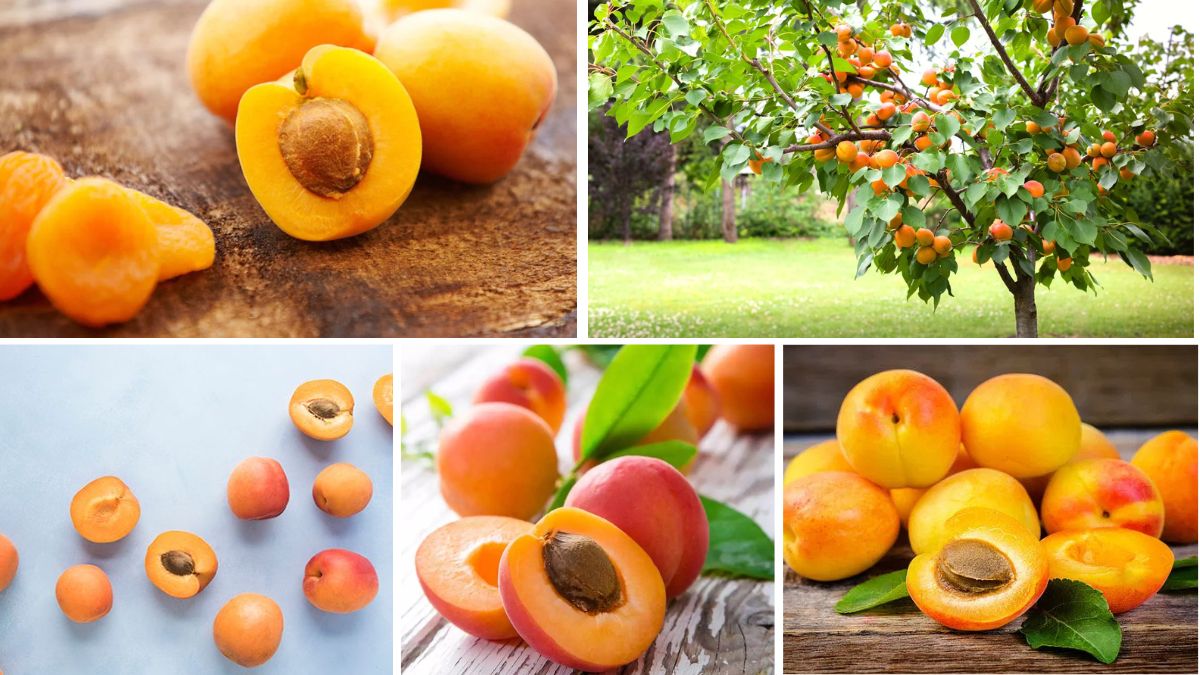Apricots—golden, velvety, and bursting with flavor—have traveled a long journey from ancient orchards in Asia to the bustling fresh produce aisles of supermarkets around the globe. Though they are cultivated in many countries, their global supply is far from evenly distributed. Some countries grow more than they can eat, while others consume far more than they can grow.
So, who tops the chart as the world’s largest apricot importer? Let’s take a deep dive into the trade data, market drivers, and the cultural factors that make this fruit so sought-after.
1. The Global Leader: Germany
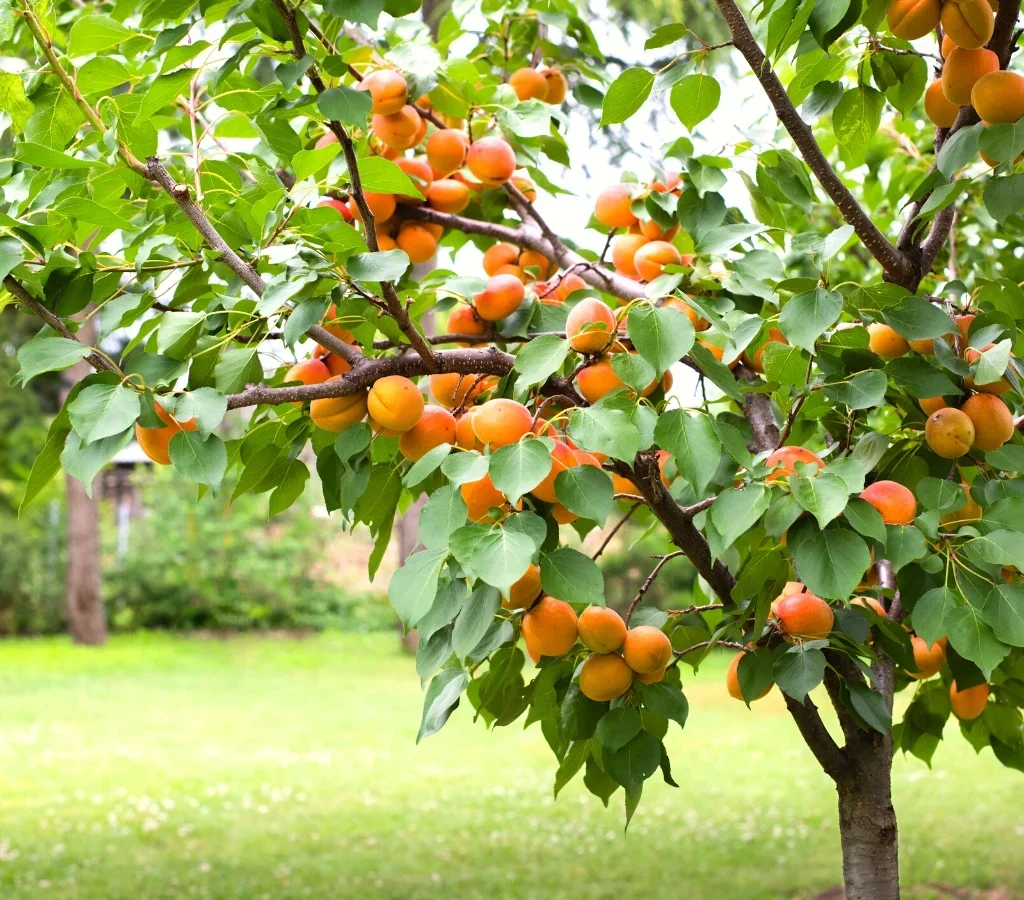
When it comes to fresh apricot imports, Germany holds the crown.
According to 2023 global trade data:
- Import value: US $113.4 million
- Import volume: ~48,637 metric tonnes
- Global share: ~21.8% of worldwide fresh apricot imports
Germany’s import value is significantly higher than that of the runner-up, Russia, which imported US $76.1 million worth of apricots in the same year. This gap is a strong indicator of Germany’s dominant role in the market.
2. Why Germany Leads the World in Apricot Imports
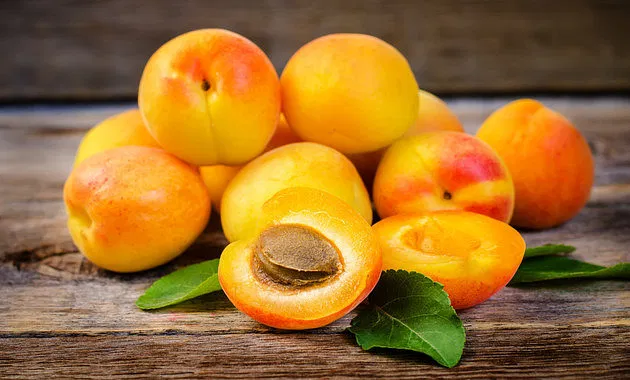
Germany’s position as the leading importer is no accident. Several interconnected factors drive this dominance:
a. Limited Domestic Production
While Germany does produce apricots—especially in regions like Baden-Württemberg and Bavaria—the country’s cooler climate and shorter growing season limit yields. Domestic production cannot meet the year-round demand.
b. Strong Consumer Culture
Germans have a deep appreciation for seasonal fruits. Apricots feature prominently in pastries, jams, compotes, and summer desserts like Marillenknödel (apricot dumplings). This culinary heritage fuels consistent demand.
c. Geographical Advantage
Germany’s central location in Europe puts it close to major apricot-producing countries like:
- Spain
- Italy
- Turkey
- Uzbekistan
This proximity ensures quick transport, which is crucial for a delicate fruit with a short shelf life.
d. Advanced Cold Chain Infrastructure
Germany’s efficient import and distribution systems help maintain fruit quality. From climate-controlled shipping containers to refrigerated trucks, the logistics sector supports large-scale fresh fruit imports seamlessly.
3. The Top Apricot Importers in 2023

Below is a snapshot of the leading fresh apricot importers by value:
| Rank | Country | Import Value (USD million) | Global Share (%) |
|---|---|---|---|
| 1 | Germany | 113.4 | 21.8 |
| 2 | Russia | 76.1 | 14.4 |
| 3 | Austria | 29.0 | 5.5 |
| 4 | Italy | 28.7 | 5.4 |
| 5 | France | 25.3 | 4.8 |
These five countries combined account for over half of the world’s apricot import value.
4. Historical Consistency
Germany’s dominance is not a recent phenomenon.
- In 2022, it imported US $119 million worth of apricots.
- In 2021, Germany still led the rankings, even as markets shifted due to pandemic-related disruptions.
This consistency demonstrates that Germany’s demand is resilient, even in challenging global conditions.
5. Who Supplies Germany’s Apricots?
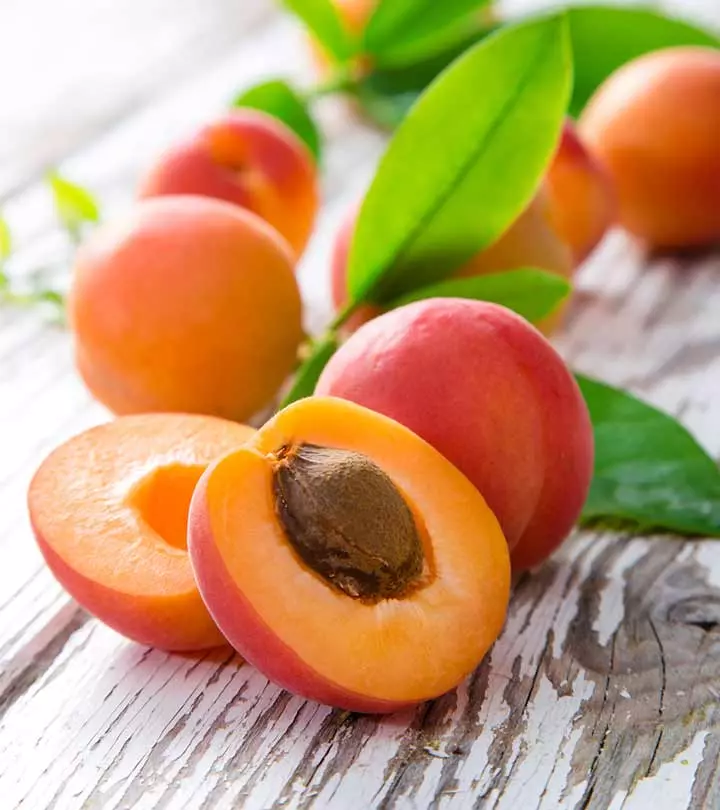
Germany’s imports come from both European neighbors and non-European producers:
- Spain – The largest supplier, known for its sweet and early-season apricots.
- Italy – Supplies premium-quality fruit from regions like Emilia-Romagna and Campania.
- Turkey – A global apricot powerhouse, especially famous for the Malatya variety.
- Uzbekistan – Increasingly significant, especially for later-season supply.
6. Fresh vs. Dried Apricots
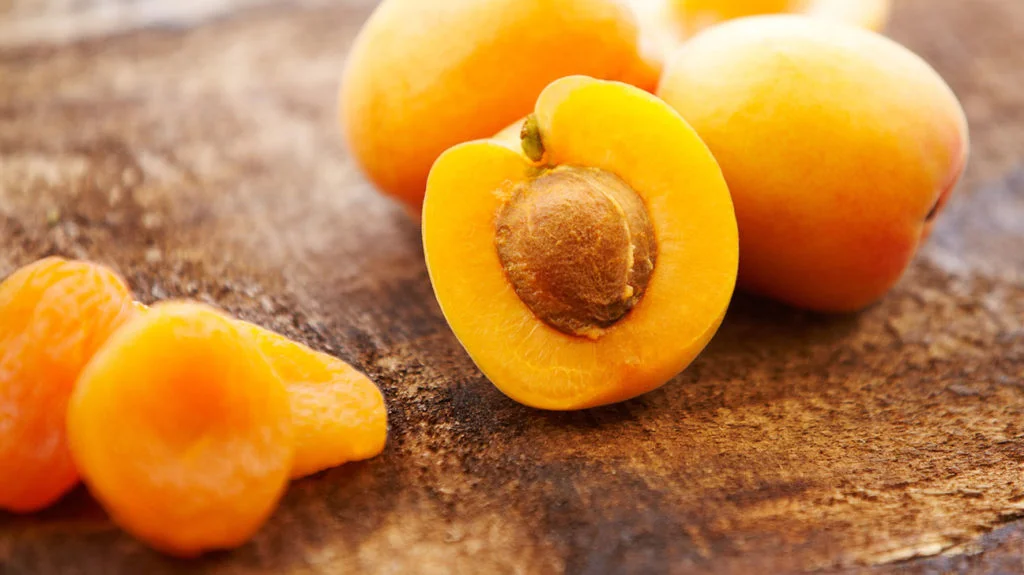
While this thesis focuses on fresh apricots, it’s worth noting the parallel dried apricot market:
- The European Union (as a bloc) is the top dried apricot importer, followed by the United States.
- Germany is also a major dried apricot buyer, especially from Turkey.
The fresh and dried markets often complement each other. When fresh apricot prices rise due to poor harvests, dried imports sometimes increase to meet demand.
7. Price and Seasonality Trends
Fresh apricot imports into Germany peak between May and August, aligning with the European harvest season. Prices vary depending on:
- Weather conditions in producing countries
- Transportation costs
- Currency fluctuations
- Import tariffs (for non-EU suppliers)
For example, a frost in Spain can push prices up, creating opportunities for Turkish and Central Asian exporters.
8. Economic and Cultural Impact
Apricot imports play a role in:
- Retail trade – Supermarkets promote seasonal apricot campaigns.
- Hospitality sector – Hotels, restaurants, and bakeries rely on consistent supply.
- Agricultural cooperation – Germany’s strong ties with suppliers foster bilateral trade agreements.
Beyond economics, apricots hold a cultural place in Germany’s culinary identity, making them more than just another fruit on the shelf.
9. The Future of Apricot Imports in Germany
Several factors could shape future trends:
- Climate change – May shift European production zones northward.
- Sustainability goals – Could increase demand for organic and fair-trade apricots.
- Consumer health trends – Apricots are rich in vitamins A and C, fitting well with Germany’s focus on healthy eating.
As these trends unfold, Germany is likely to maintain its leading position, but suppliers may diversify to meet evolving demands.
10. Conclusion
In the world of fresh apricot imports, Germany stands unrivaled. With over one-fifth of the global market share, it far outpaces its nearest competitors. The combination of limited domestic production, cultural demand, geographical advantage, and strong infrastructure has cemented its role as the go-to market for apricot exporters worldwide.
For producers, Germany isn’t just a lucrative destination—it’s a benchmark. Success in the German market often signals quality, reliability, and international competitiveness.
So, to answer the thesis question clearly:
Germany is the largest apricot importer in the world, and given current trends, it’s likely to hold onto that title for years to come.
